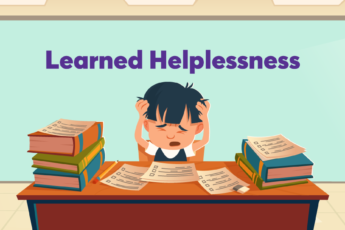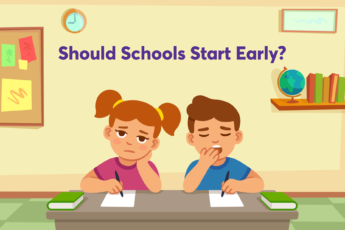4 Ways Formative Assessments Can Enhance Your Teaching
Formative assessments are a vital component of effective classroom instruction. Rather than using only summative assessments to grade student achievement and development (e.g., administering the same maths test at the beginning of the year, again in May, and again in June), there is a growing emphasis on attempting to gauge student’s understanding throughout the year to influence teachers’ lesson planning and classroom environment. In this way, the formative assessment focuses on developing students’ learning each day instead of testing their knowledge at the end of each learning block.
With this in mind, the Telangana government plans to bridge knowledge gaps through formative assessments. The three R’s, reading, writing and arithmetic, will be taught to students as part of a comprehensive program that aims to improve education standards. The lessons will take place over three hours during February, with regular teaching sessions.
Using a variety of assessments over the week will allow you to keep track of student progress and pinpoint areas in which they have not yet mastered curriculum. Here are some strategies that can enable you to accurately determine whether your students have learned what you taught them, allowing you to tailor future instruction for their needs.
Types of Assessment Strategies Teachers can use:
📍 Summarize
Learning requires students to step back, evaluate what they have learned, and reflect on it. During the formative assessment, you should ask students to make sense of what they have learned, derive personal meaning from their learning experiences, and increase their metacognitive skills.
📍 Visual Representation
Presenting information in a visual format often serves as a practical learning tool. Graphical representations of information help people to make connections and increase memory, facilitating retrieval of information later on when needed. When presenting textual information in a diagram, chart, graph or other visual representation, including text, reinforce each lesson’s meaning. This helps teachers address differences in learning style and types of knowledge of children.
📍 Exit Cards
The use of exit tickets is one of the easiest formative assessments you can implement in your classroom. Exit cards are an opportunity to collect data on students’ immediate grasp of a concept that they have just received in extensive group instruction or small group activity. For example, with reading comprehension, students may be asked to summarize a story or draw a visual representation of what the text says about a particular topic.
Benefits of Formative Assessment:
📍 Define Learning Goals
Students need to set and meet learning goals. This helps them regularly check their progress, ensuring they haven’t strayed off course. It gives you a platform to periodically check in with students as a teacher. This fosters a communication culture to ensure that all students are on track and helps you redirect any potential misunderstandings early on so that your lesson stays on track from beginning to end.
📍 Focused Feedback
Regardless of the subject or lesson a teacher prepares for their students, there will always be gaps in understanding. Providing descriptive feedback will give you a detailed account of what students can observe while working on particular tasks. This type of feedback provides teachers with information regarding how students approach a task, whether they are maintaining their focus, and how they are working to reach their goals.
📍 Personalized Learning
Formative assessment is an ongoing practice in which continuous data is collected from your students to determine how effective a teacher’s instruction is. Through this system, the teacher can assess student understanding, make judgments about the success of their instructional strategies, and provide additional instruction when needed. Each person learns at different rates and to varying levels of understanding. Within this scenario, a teacher’s challenge is to create strategies that instruct each student at the right level and helps them achieve their educational objectives.
📍 Self-Paced Learning
Research shows that constructive and formative feedback is an effective strategy for cultivating self-regulated learners. Chunking, previewing, and self-checking are three essential prerequisites to becoming an independent and successful learner. A unique combination of instructions, practice, assessment and feedback provides students with plenty of regulatory opportunities, helping them develop into successful learners.
Square Panda India’s comprehensive programs utilise formative assessments to motivate and inspire students. This helps them realise their full potential while keeping them actively engaged and motivated to continue learning in a joyful manner. To know more visit, https://ecce.squarepanda.in/




Leave a Comment